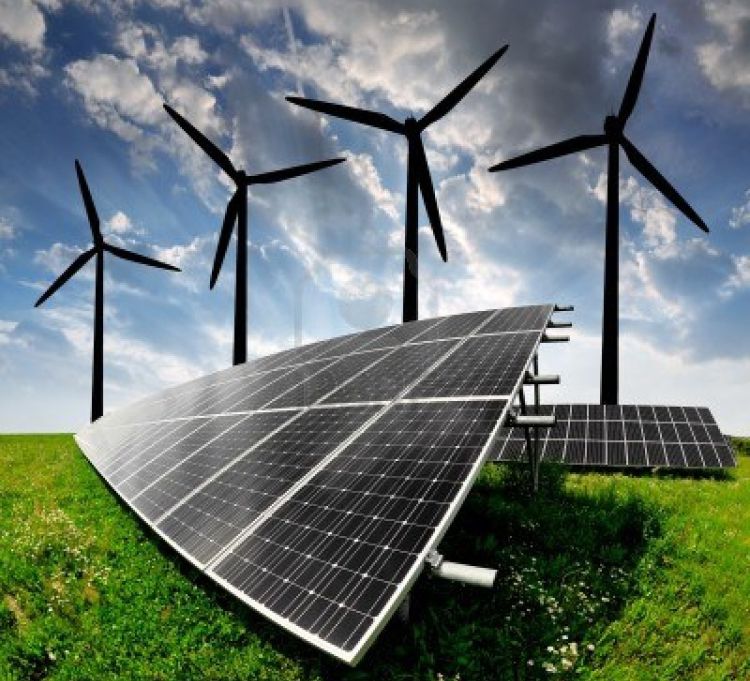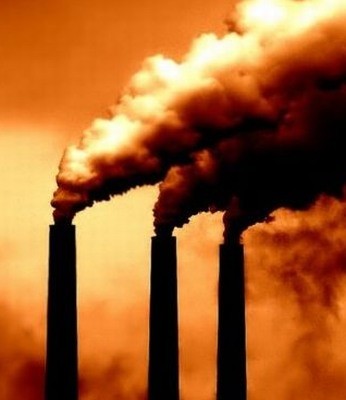India to cut emissions by targeting 40% renewable energy sources by 2030

India is planning to substantially alter the energy mix that’ll power India’s future in order to achieve a target of 40% renewable energy generation capacity by 2030.
The decision is likely to be taken at the Union Cabinet meeting on Wednesday, September 23, under the Paris climate change agreement, before Narendra Modi leaves for USA visit.
India is under immense pressure from global communities for its rapidly rising carbon emissions. Therefore, Prime Minister, Narendra Modi, will submit nation’s plans for cutting greenhouse gases by replacing fossil fuels with renewable energy mix under the Intended Nationally Determined Contributions to the UN Framework Convention on Climate Change in the coming week.
If approved by Cabinet, India will commit to building a total 350 GW of solar and wind power by 2030.
Out of this, 250 GW will come from solar energy and 100 GW from wind energy. According to present projections of government of India, by 2030, India’s total built up power capacity would be around 850 GW.
If India can accomplish this target, it could cut country’s carbon emissions by 35 percent of 2005 levels. Presently, India has committed to reduce emissions by 20-25 percent by 2020.
Hydro-power and nuclear power also come under usual definition of of renewable energy, but are not the point of focus in the near future. With no intention for substantial growth, India projects to increase energy generation from these two sources to 80 GW from current 56 GW. That leaves solar, wind and coal energy as major contributors.
Hydro-power could see a growth of 15 GW over current 50 GW, while that for nuclear power could rise to 16 GW from present 6 GW.
While India will continue to demand developed countries come through on their obligations under the UN Framework Convention on Climate Change, the government also wants to do more than its fair bit. It is a very ambitious leap. It has taken a long period of discussions with many parts of the government involved besides all kinds of other stakeholders like the civil society and the industry,” said a government official.
Regarding the declaration of INDCs by other key countries, Business Standard reports,
Key countries and blocks have already declared their INDCs and the global community for a while has been watching India for its contributions. The US has declared that it would reduce its emissions by 24-26 per cent below 2005 levels by 2025, the EU has said it would reduce its emissions by at least 40 per cent below 1990 levels by 2030. China on the other hand has committed to peak its emissions around 2030 and reduce its greenhouse gas emission intensity between 60 and 65 per cent below 2005 levels by 2030 and ensure that the share of total non-fossil fuel rises to 20 per cent of its total total primary energy supply over the same period.”
While Indian government is assured about the feasibility of these targets, observes and experts seems to be skeptical about the projected figures owing to elements of uncertainty involved when gross greenhouse gas emission reduction it considered . According to them, a re-look by countries like China into their INDC declaration raises questions regarding its method of calculating emissions.
